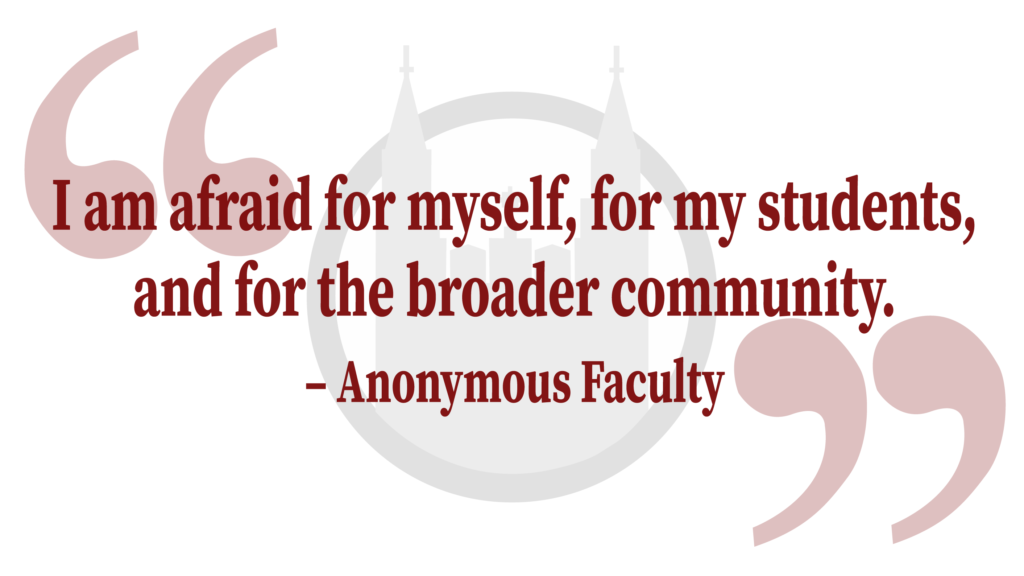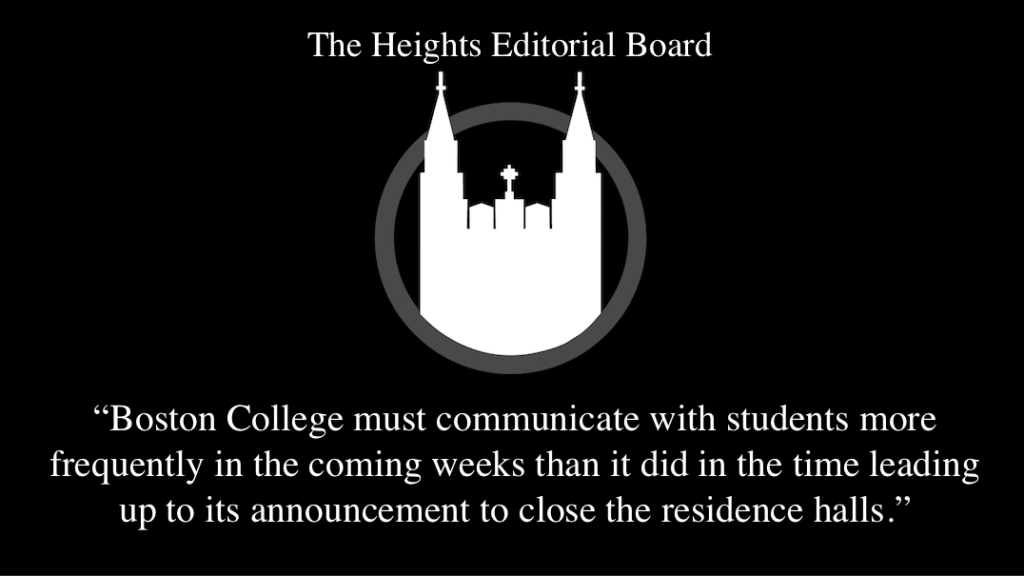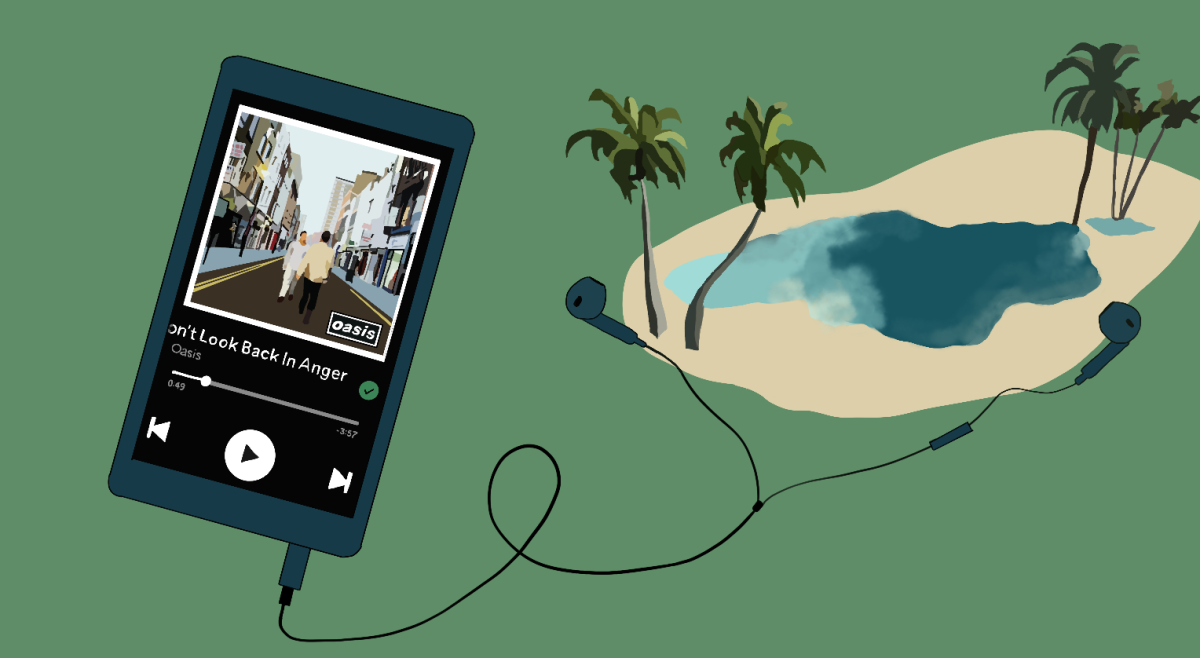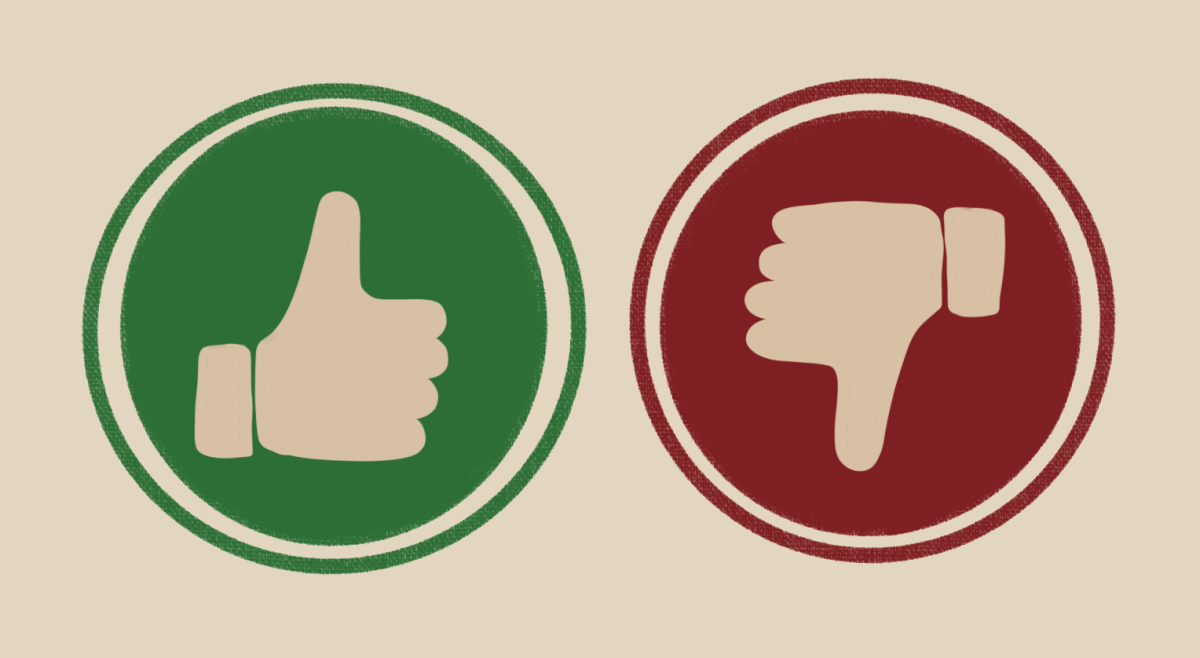The U.S. makes up 5 percent of the world’s population but has 25 percent of the world’s prisoners. Our judicial and penal systems have failed, and they perpetuate a system of racial disparity, increasing wage gaps, and broken homes. Despite educational and psychiatric initiatives, prison has not been proven to rehabilitate behavior, as two-thirds of prisoners will reoffend. So it seems painfully ironic that I spend every Monday morning tutoring at the Suffolk County House of Corrections.
The HOC was built in 1991, and it houses male and female inmates convicted of crimes with a sentence of two and a half years or less. While incarcerated, inmates have access to a number of educational courses ranging from basic literacy to college-prep classes. As the House’s Web site states, “These programs are designed to prepare offenders for a successful reentry back into the community.” But attending these classes also earns them “good time,” which reduces the length of their sentence. Inmates are incentivized to attend class or rehabilitation programs, yet this methodology creates an inherent problem.
Every week, nine 4Boston members (including myself), and a handful of PULSE students volunteer in the prison’s education department. After entering the prison lobby, we exchange our state licenses for visitor passes. The guards make sure our outfits align with the dress code policy, and we have to put any items we’re carrying into lockers. We are escorted through a series of security checkpoints: entryways that are remotely operated, solid metal doors that require key cards, and narrow, windowless hallways lined with cameras. Yet the scene completely changes once we reach the education department. We’re suddenly surrounded by classrooms filled with tiny desks and colorful posters. The whiteboards are covered with basic math expressions and grammar rules, the colorful Expo markers a welcome change from BC’s chalk.
For a moment, we are reminded of the innocence of middle school. But when we look closely, that illusion is quickly shattered. One wall reveals six-word poems like, “I swear I didn’t do it” or “I miss my kids the most.” A bright blue sign reads, “Using heroin while drunk increases the chance of an overdose by 50 percent.” Some pictures comment on domestic abuse or separated families. Yet all these painful realities are interrupted by vibrant posters that show you how to add fractions or identify irregular verbs in the English language. The whole scene is unsettling, as if these two worlds don’t belong together.
Then the inmates shuffle in and we begin to teach. Except teaching might be the wrong term. Oftentimes, many inmates don’t want help or feel ashamed to use a student tutor. There have been times when I’ve gone to the prison and simply sat in the corner of the classroom, filling out the Metro Boston’s crossword puzzles, waiting for someone to accept my help. Again, if you’re an inmate, why would it matter if you learn? You’re already getting “good time” just for being in the classroom.
But what’s most upsetting is when you spend time with an inmate who doesn’t care. I remember one incident when I worked with a man who I’ll call Martin. He was 57 years old and had seven kids and 30 grandkids. He had been in and out of prison all of his life and lacked basic reading skills. Together we had to meticulously go through an article that Martin read aloud, slowly trying to sound each word out. But every five minutes, he made sure to tell me that this lesson didn’t matter—he was in it for the “good time.” That the second he left prison, he was going to “hustle” all over again. He said it was the only thing he loved to do. I left that day furious, hating Martin.
While Suffolk is not indicative of every prison in America, the rehabilitation programs, specifically the principle of “good time,” need to be revised. Before starting classes, inmates are required to take a proficiency exam. One possible solution would be to document the exam score and award good time based on academic improvement throughout the sentence. This method has two primary complications. First, inmates might recognize how this new system works and then intentionally fail the proficiency exam. Therefore, teachers would need to embrace the responsibility of assessing genuine development. Additionally, if “good time” was not offered for simply attending class, inmates might not even bother going in the first place—especially if they have failed at school throughout their lives. Thus “good time” for attendance needs to remain in place, and a performance-based system should be used as a bonus. This would not remedy recidivism issues, but it could be a step in the right direction.
Despite the difficulties of tutoring, there are the few instances when you manage to form a connection with one of the inmates. During my sophomore year, I worked with a girl who we’ll call Sarah. She was barely older than 20, but talked about her daughter and dreams of becoming a chef. We practiced math together, and before she left the prison she managed to earn her GED.
Yet I couldn’t share in her success. I saw her inefficiencies with math and basic comprehension, and it’s hard to believe that her life will improve as she carries the burden of a prison sentence. The system has failed in its purpose of rehabilitation and the consequences, whether they involve race, socioeconomic status, or national productivity, are detrimental to everyone.
Featured Image by Abby Paulson / Heights Editor


















